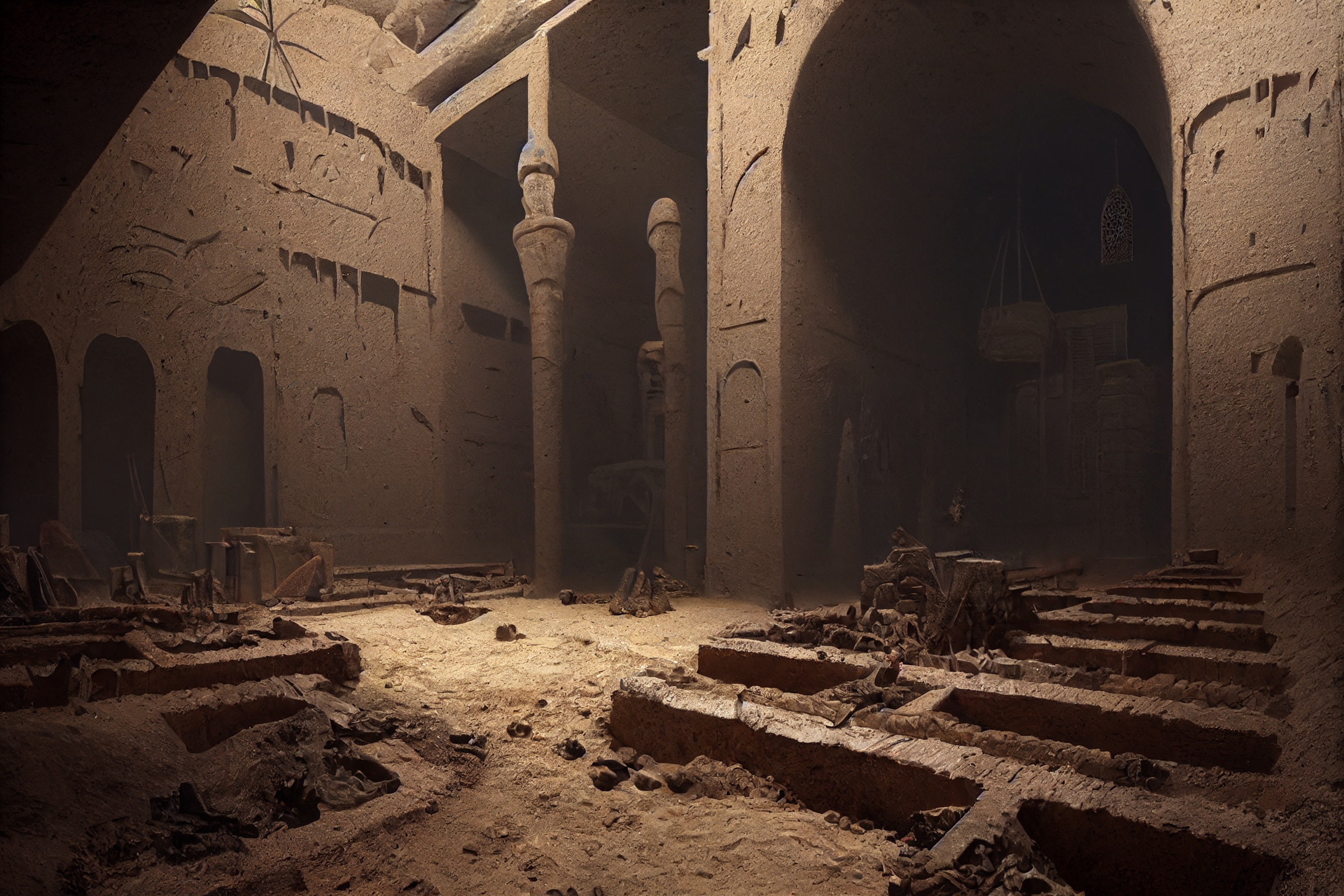Chapter 1: The Pharaoh's Plan
INTRODUCTION
3 months after the, well we’ll call it a success of finding the tomb of the Pharaoh of the Sphinx, The Pharaoh Psamtik II has decided on ending the old law and opening the deshret to official explorers to renew and rediscover the Khemit Empire Heritage. Part of this is based on the dredging of the Stygian River and uncovering pieces of the Obelisk of Kings The other part is that while he doesn’t believe there is much left out there of the old Khemit empire as the Hyborians had destroyed or looted much from the cities before the law was put in place almost 2000 years ago. As the nation is looking toward finding financial footing, Psamik II has opted for licensing; official groups permitted to dig out in vast deshret of Khemit. On top of that, the Pharaoh claims a 10% finder’s fee on items sold at auction and more importantly, he may lay claim to items deemed important to the kingdom and provide compensation. In this first test, he is giving out 12 licenses to groups of up to 10 members. This news quickly finds Ali Ahmed and Pip Ahmed in Baqi. The price for one of the 12 Licenses is 2000 gp. A price that is a bit out of reach for the group. In a trial run, the groups will be allowed entrance into the Necropolis of Wati. Something that hasn’t been officially opened since the Plague of Madness in 1655. It will be 3 days, 3 random locations to bring back valuables. No one stays within the Necropolis overnight. While the players and Ali try to figure out how to come up with the money, Pip tells them that a messenger has arrived. Upstairs a man with a couple of soldiers is waiting in the door way. The man approaches with a bag, telling them that the generous Pharaoh Psamik II welcomes your insight and participation in the events of Wati. Inside the bag is a brass emblem with an obelisk on the front , and the king’s cartouche on the back; a paper for each of them with their name and notice to legally work in tombs,graves, etc provided the necessary fees … etc etc (lots of fine print on documenting and paying charges so there are no conflicts over dig sites or fines. And an invitation to the Wati Necropolis, with rooms available at Keruma (an hours walk to Wati), you pay for your own meals.There is a very long scroll on that Chief Lector Wa'eb Sebti of Ades from Keruma will be there and has marked 36 locations of interest to be chosen at random by the teams. Along with a set of guidelines. Failure to comply with these guidlines can result in, but is not limited to, expulsion from the necropolis, a ban on continued exploration, seizure of recovered valuables, and arrest and prosecution by local authorities.
Remember How This Came to Pass:
The Plague of Madness was unleashed upon the city of Wati. It was here that Gaffe Sherpses stopped the advancement of the plague and turned the place into a necropolis for the vicitms. This rule is a reminder that the necropolis remains a holy place, and those who engage in needless conflict and banditry are not only criminals, but accursed.Every Slave's Hut Is a Memorial
Every structure within the necropolis is a testament to the people who lived and died in the city. Explorers must not desecrate or vandalize standing structures and tombs, but preserve them as the memorials they were intended to be. Some structures may be trapped or decrepit, but willful and unnecessary destruction will not be tolerated. Honour the Departed The dead should be treated with dignity and respect. If the interred need to be disturbed to recover an antiquity or relic, they should be returned to their resting places carefully. It is understood that the ancient dead are often brittle, but there is no need for the contents of a sarcophagus to be summarily dumped on the ground. With this in hand, Ali looks up at the team and says, "Pack your bags, we're going to Wati!"Remove these ads. Join the Worldbuilders Guild









Comments